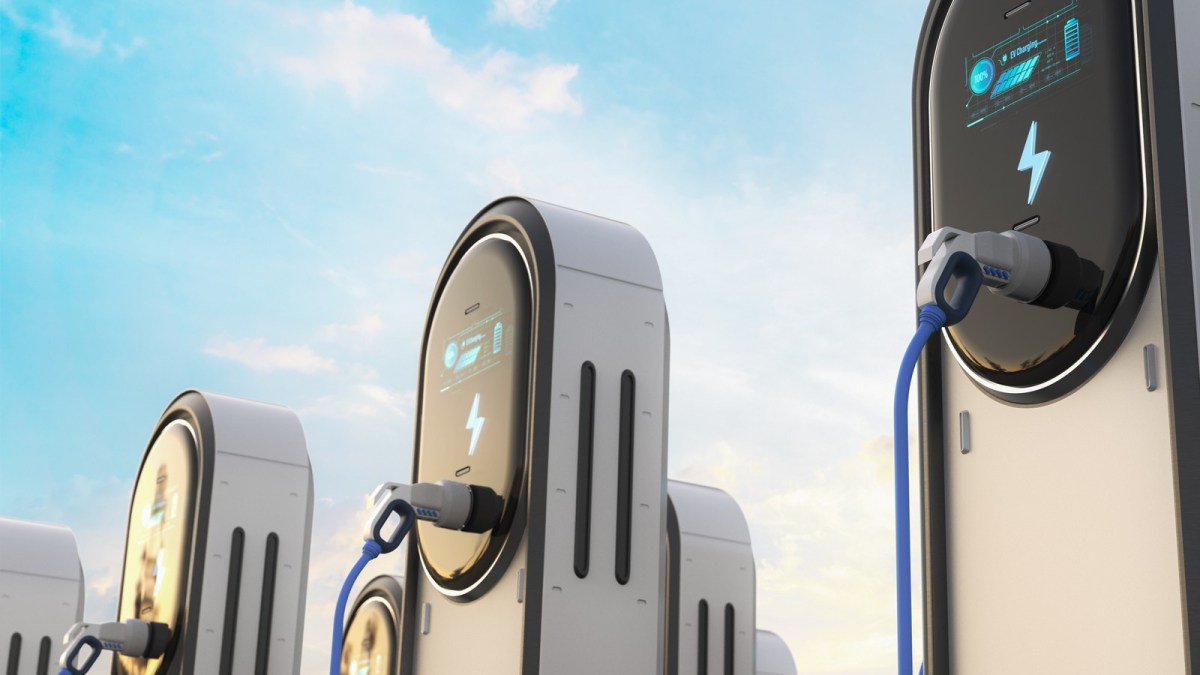And despite efforts to expand electric vehicle (EV) infrastructure across the United States, Alaska continues to lag behind as one of the worst states for EV chargers. With its vast and remote landscape, the state faces unique challenges when it comes to installing charging stations for electric vehicles.
Alaska’s sparse population and harsh weather conditions make it difficult for businesses and government agencies to invest in EV charging infrastructure. In a state where distances between towns can be vast, the fear of running out of charge without a charging station in sight can be a real concern for EV drivers.
Despite these challenges, there have been some efforts to increase the number of EV chargers in Alaska. The state government has implemented incentive programs for businesses to install charging stations and has worked to expand the network of charging stations along major highways and in urban areas.
However, the progress has been slow and Alaska still lags behind other states in terms of EV charger accessibility. According to data from the U.S. Department of Energy, Alaska has only 23 public charging stations, servicing a population of over 700,000 residents. In comparison, states like California and New York have thousands of charging stations available to their residents.
The lack of EV chargers in Alaska not only hinders the adoption of electric vehicles in the state but also has economic implications. Without adequate charging infrastructure, businesses may be hesitant to invest in electric vehicle fleets, limiting the growth of the green economy in Alaska.
Furthermore, the lack of EV chargers can also affect tourism in the state. As more travelers seek eco-friendly transportation options, the availability of charging stations can play a significant role in attracting visitors who drive electric vehicles. Without a reliable network of charging stations, Alaska may miss out on opportunities to cater to this growing market.
In order to improve the situation, Alaska must continue to incentivize businesses to install charging stations and work towards expanding the infrastructure in rural areas. Collaboration between the state government, businesses, and EV advocates will be crucial in advancing the adoption of electric vehicles in Alaska and reducing the state’s carbon footprint.
While challenges remain, Alaska has the potential to become a leader in sustainable transportation. By investing in EV charging infrastructure and embracing electric vehicles, the state can pave the way for a cleaner and more sustainable future. With determination and collaboration, Alaska can overcome its current status as one of the worst states for EV chargers and emerge as a model for other regions to follow.
